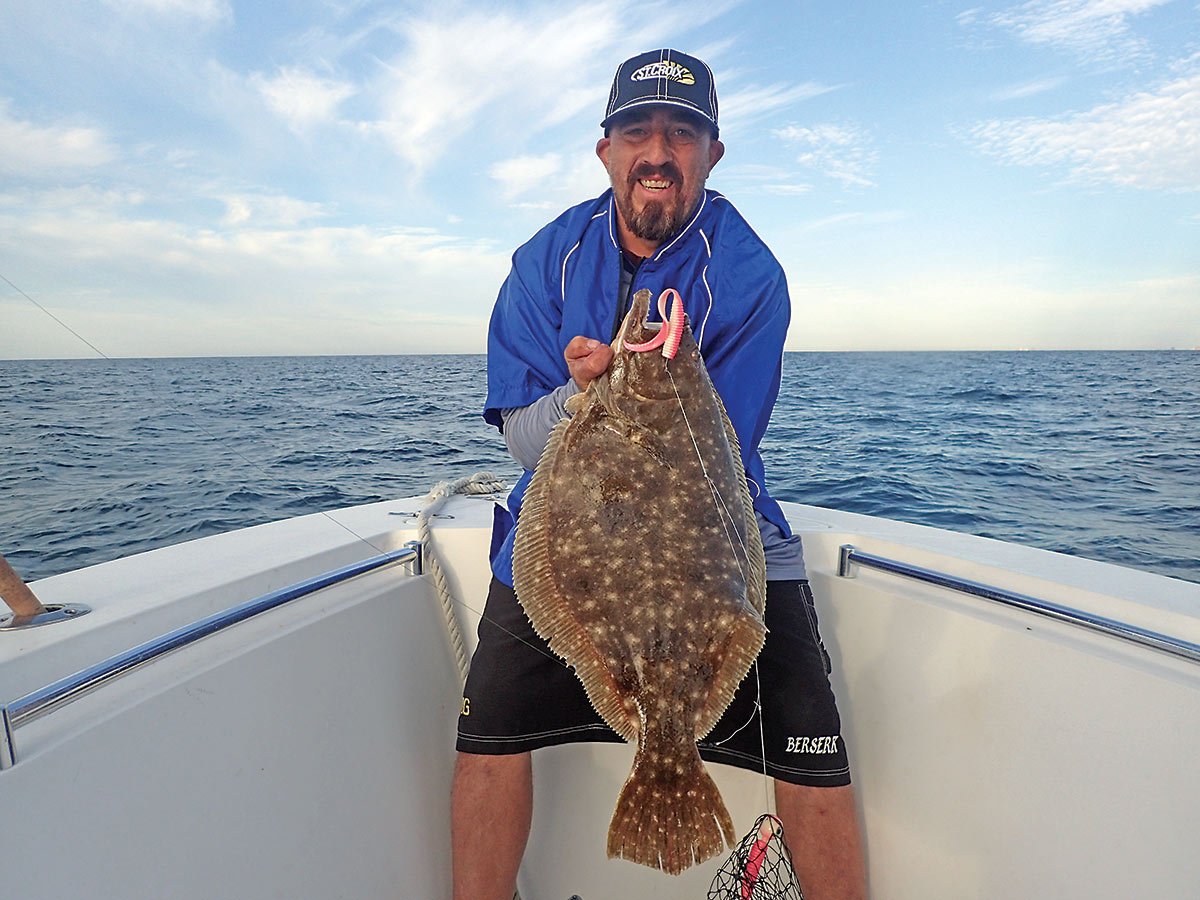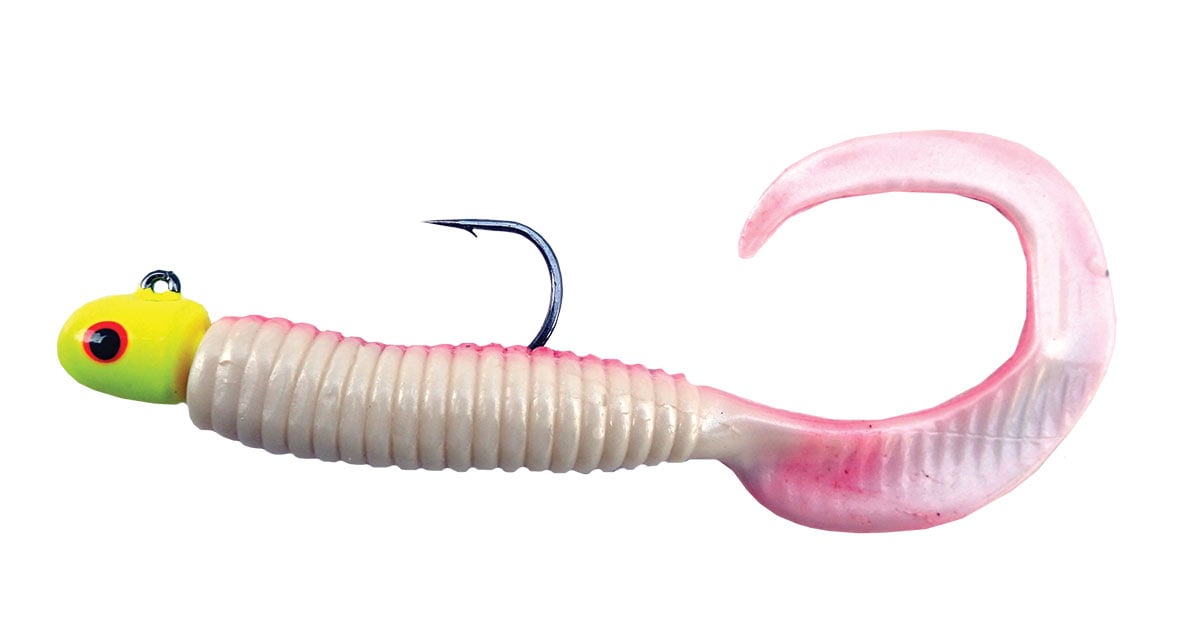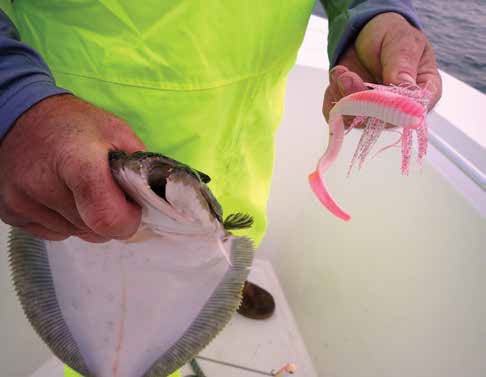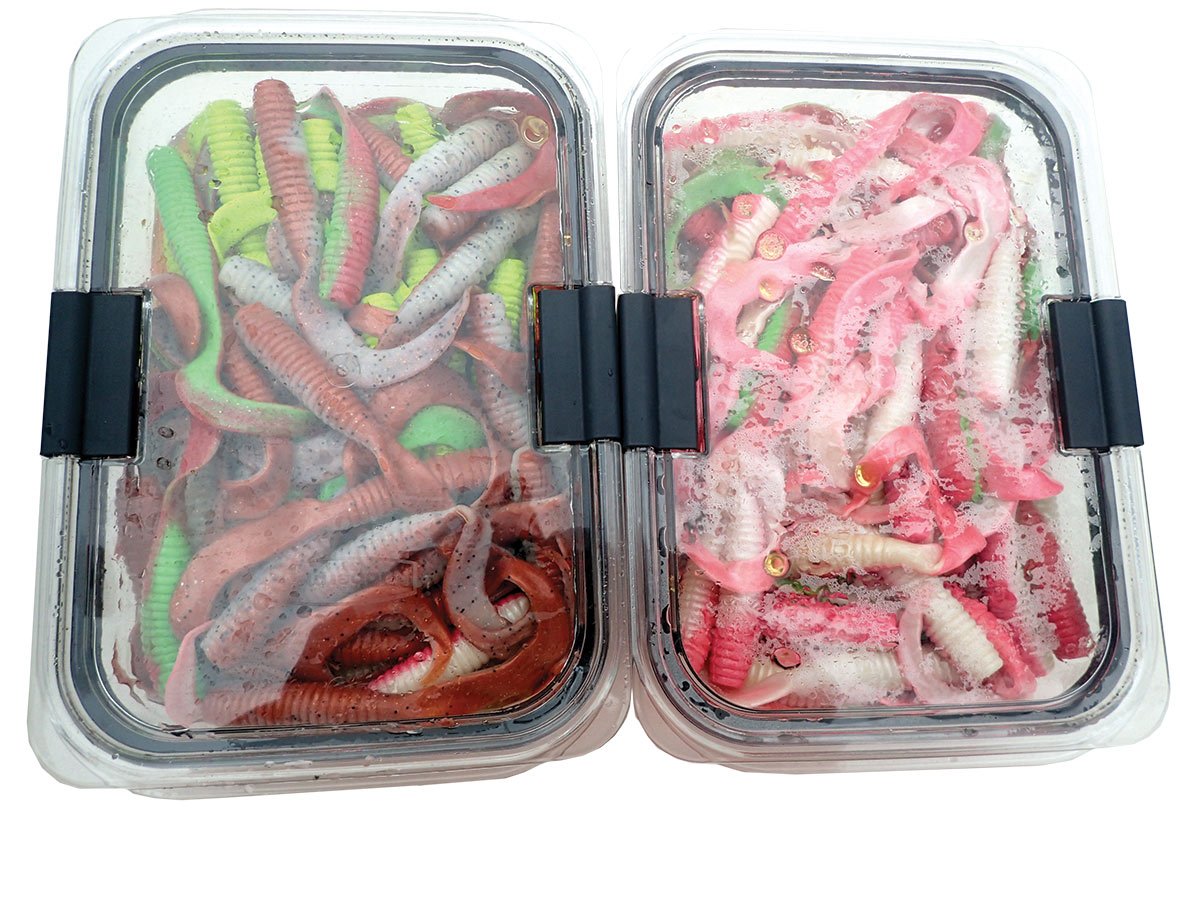
The best ocean-bound fluke action is usually “structured” fishing.
For some anglers, this is a happy time when fishing the flats, creeks, rivers, channels and inlets become a thing of the past. No more gnats, greenheads and seaweed – instead it’s time to bring on the black flies and all the snags a structure-hunting skipper can find.
When it’s time to press eastward in my summer hunt for fluke, on many occasions I’m faced with the decision of whether to fish a wreck or a reef. Obviously, wrecks are considered intact or partially intact vessels located on the bottom due to maritime disaster or placed strategically by the government’s artificial reef program.
Sure, an artificial reef site may can contain wrecks, but just for this contrast discussion, let’s say a reef situation is such where the structure is strewn out across a wide swath of bottom. We can include low-lying rock field in this analysis also. Reef sites such as the Cape May, Ocean City, Great Egg, Little Egg, Sea Girt and others have received reef balls, concrete, tanks, tire units, and other deposits that draw in fluke. The options abound!
The Strategy
 The first thing a fluke hunter has to do is consider where the best chance to catch fish exists. Summer flounder sometimes sparsely populate a structure-laden territory and sometimes they completely take over an area and volume is extremely high.
The first thing a fluke hunter has to do is consider where the best chance to catch fish exists. Summer flounder sometimes sparsely populate a structure-laden territory and sometimes they completely take over an area and volume is extremely high.
The next step is for the captain to consider his own ability level and what is best for the crew. If all things are equal and a given wreck has the same catching prospects of a well-laid out reef, the skipper can decide which structure to target based on the skill set of those fishing onboard on any particular day. Many reef scenarios have lower profile debris. A reef can be snaggy; however, the relief off the bottom isn’t the same as say, a steam ship that rises up 20 feet.
The tire units, reef balls, concrete and other materials laid out across a reef can hang lines, but they don’t shear off the mainline like a towering wreck. Anglers can “get away” with making some mistakes depending on the reef site. Not all structure fields are exactly the same. For example, the Ocean City debris field will hang your terminal tackle much more quickly than the Little Egg Reef mine field of structure.
The Drift

Captains have the ability to take long and extended drifts over scattered and clustered structure at many of the reef sites in New Jersey. This means the engine can be shut down, and anglers can aggressively fish or work the bottom more passively. The length of the drift makes these locations ideal for sea anchors, which are also referred to as drift socks. At the beginning of a drift they can be deployed so they slow the boat’s speed down a few clicks on the GPS.
The slower speed can be crucial in obtaining strikes from fluke that resist chasing the presentation. Using a sea anchor on a reef is commonplace on any hot, sunny, summer afternoon. Sea breezes out of the south and southwest can be depended upon to produce a light to moderate chop. The hotter the day, the more the breeze will kick, thus necessitating a drift sock.
Wreck fishing is altogether different than that of a debris field. The fluke generally cluster on and around the ship or the broken off pieces. Many captains don’t even shut down their engine since drifts can last from 100 to 500 feet. As captains make repeated drifts over a sunken vessel, they will hone in just how far off to the side or in the lee fluke are laying. Once skippers determine where the summer flounder are and are not, they can tailor their drifts to stay in the red zone.
The Bite

Fishing scattered, low profile, reef debris serves Gulp! jig masters well. The better action is, at times, a requirement to obtain the strikes from the desired keeper fish. Sometimes it doesn’t matter at all and every boat catches well! Each day has its own characteristics. Large dead baits such as whole squid or long meat ribbons can mitigate limited jigging ability and catch fish for novice anglers.
When drifting over the gnarly portions or higher relief sections of a wreck, jigging seems less critical for success. Fishermen can flutter and float their baits just above the snags and fluke will rise up and crush the presentation. The prowess lies in barely touching the wreck with the sinker or bucktail and then swimming it above graveyard of terminal tackle.
Each captain has their preference in which of the two fishing scenarios they like better. Analysis and reflection of the type of fishermen on the vessel and how to strategize and attack each habitat leads to greater success in either setting.
| HOT SPOTS BY THE NUMBERS |
|---|
|
New Jersey and Delaware each boast robust artificial reef systems along the Atlantic Coast, which regularly get new deposits and deployments. As for general starting point from north to south, these westernmost corners should get you into the sticky stuff for chasing doormats. SANDY HOOK REEF SITE SEA GIRT REEF SITE SHARK RIVER REEF SITE AXEL CARLSON REEF SITE BARNEGAT LIGHT REEF SITE GARDEN STATE NORTH GARDEN STATE SOUTH LITTLE EGG REEF SITE ATLANTIC CITY REEF SITE GREAT EGG REEF SITE OCEAN CITY REEF SITE TOWNSENDS INLET REEF DEEPWATER REEF SITE WILDWOOD REEF SITE CAPE MAY REEF SITE DELAWARE REEF SITE #11 DELAWARE REEF SITE #9 DELAWARE REEF SITE #10 |



